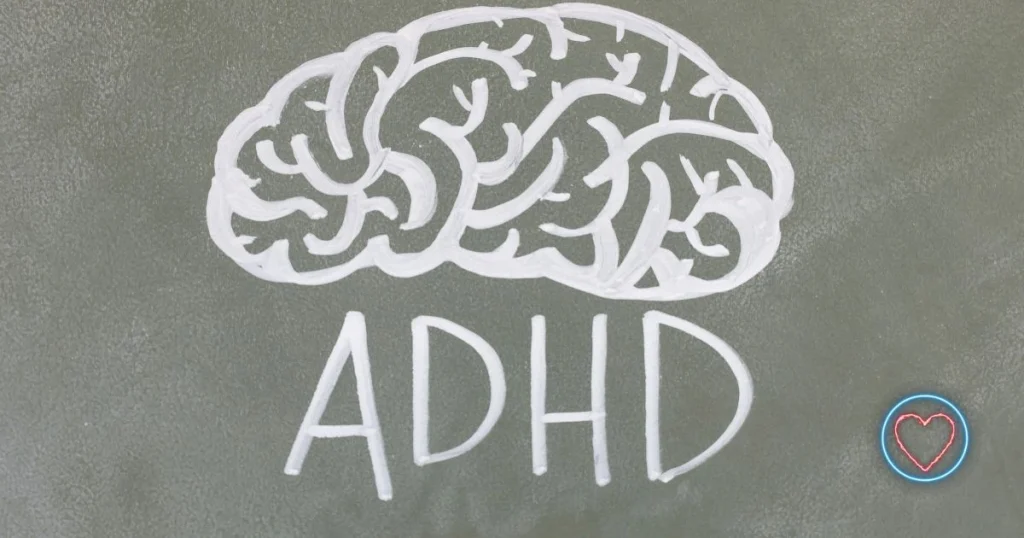In a world where work-life boundaries are increasingly blurred, creating a wellness-focused workspace isn’t just a luxury—it’s a necessity. Whether you’re working from home, managing a team in a corporate office, or setting up your first freelance nook, the environment you work in directly impacts your mental clarity, physical health, and overall productivity.
A wellness-focused workspace isn’t just about aesthetics or a fancy chair. It’s a holistic setup that supports your body, mind, and emotional well-being while enhancing focus and minimizing stress. The good news? You don’t need a complete renovation or a big budget to make impactful changes. Small, thoughtful improvements can create a powerful ripple effect.
Here’s your comprehensive guide to creating a workspace that energizes, inspires, and cares for you as much as you care for your work.
1. Start with Ergonomics: Align Your Body for Comfort and Safety
Ergonomics is the foundation of a wellness-focused workspace. Poor posture, cramped desks, or the wrong chair can lead to chronic pain, fatigue, and decreased focus.
Key Ergonomic Essentials:
- Chair: Invest in an adjustable, supportive chair with lumbar support. Your feet should rest flat on the floor, with knees at a 90-degree angle.
- Desk Height: Your desk should allow elbows to bend at a 90-degree angle when typing.
- Monitor Position: Your screen should be at eye level, about 20–30 inches from your face. This prevents neck strain and improves posture.
- Keyboard and Mouse: Use a wrist rest or ergonomic keyboard and mouse to reduce wrist strain, especially if you work long hours.
Tip: Consider a standing desk or a sit-stand converter to alternate positions throughout the day.
2. Prioritize Natural Light and Lighting Quality
Lighting can have a huge impact on mood, circadian rhythms, and eye strain.
How to Optimize Lighting:
- Position Your Desk Near Windows: Natural light boosts mood and energy. If possible, place your workspace where it gets indirect sunlight.
- Use Full-Spectrum Bulbs: These mimic natural daylight, reducing eye fatigue and improving alertness.
- Add Task Lighting: Use a desk lamp with adjustable brightness for focused tasks, especially in the evening.
Bonus: Exposure to morning light can help regulate your sleep cycle, making you more energized throughout the day.
3. Design for Movement: Break the Sedentary Cycle
A sedentary workday can lead to back pain, reduced circulation, and even long-term cardiovascular issues. A wellness-oriented space encourages micro-movements throughout the day.
Strategies for Movement:
- Standing Desk Options: As mentioned earlier, switch between sitting and standing every 30–60 minutes.
- Stretching Zone: Keep a yoga mat nearby or designate a corner for short stretch breaks.
- Reminders: Set a timer or use wellness apps to prompt hourly movement.
Pro Tip: Try the Pomodoro technique—25 minutes of focused work followed by a 5-minute active break (walking, stretching, or light exercise).
4. Incorporate Biophilic Elements: Bring Nature Indoors
Biophilic design connects humans with nature. Studies show that natural elements reduce stress, improve focus, and increase happiness.
Ways to Add Nature:
- Indoor Plants: Low-maintenance options like pothos, snake plants, and peace lilies clean the air and uplift mood.
- Nature-Inspired Decor: Use natural textures like wood, stone, and organic fabrics in your furnishings.
- Views of Nature: If you don’t have a window view, add a nature-themed mural, artwork, or a calming video screen with landscapes.
Why it matters: Greenery and natural textures can reduce cortisol levels, improve creativity, and promote psychological restoration.
5. Reduce Clutter: Organize with Intent
A cluttered workspace often mirrors a cluttered mind. While creativity thrives in flexibility, disorganization can lead to anxiety, distraction, and wasted time.
Decluttering Tips:
- Go Minimal: Keep only essential items on your desk—like a notebook, laptop, lamp, and one or two decorative items.
- Storage Solutions: Use organizers, trays, or shelves to sort papers and office supplies.
- Cable Management: Tidy cables using clips, sleeves, or wireless solutions to create visual calm.
Mindful Bonus: Decluttering your desk at the end of each day can act as a mental closure ritual, helping you unwind more easily.
6. Control Noise Levels: Design for Acoustic Wellness
Noise is one of the biggest productivity disruptors. It can increase stress levels and make it difficult to focus, especially in shared or open-plan spaces.
Smart Noise Solutions:
- Noise-Canceling Headphones: Essential for loud environments or shared spaces.
- Sound Machines or White Noise Apps: These mask distracting sounds and promote concentration.
- Soft Surfaces: Rugs, curtains, and cushions can absorb sound and reduce echo in your space.
Extra Touch: Add soothing background music or nature sounds to enhance focus and mental calm.
7. Add Personalization: Create a Space That Feels Like You
Your workspace should inspire you—not feel like a sterile cubicle. Personal touches can increase motivation, reduce stress, and make you feel more at home.
Personalize With:
- Photos of loved ones or travel memories
- Vision boards or inspirational quotes
- Color themes that reflect your personality
- Favorite books or meaningful objects
Tip: Choose decor elements that evoke calmness—like soft neutrals, muted tones, or a touch of your favorite vibrant color.
8. Focus on Air Quality and Scent
Clean, fresh air is often overlooked but vital to health. Poor air quality can cause headaches, fatigue, and decreased cognitive performance.
Ways to Improve Air Quality:
- Air Purifiers: Especially helpful if you’re in a city or have allergies.
- Plants: Again, plants like snake plants and aloe vera are natural air filters.
- Windows: Open them regularly for ventilation.
Scents That Enhance Focus and Calm:
- Lavender or chamomile: For stress relief
- Peppermint or lemon: For energy and alertness
- Eucalyptus: For clarity and breathing ease
Use essential oil diffusers, candles, or room sprays—just ensure good ventilation and avoid overpowering scents.
9. Stay Hydrated and Nourished: Wellness Starts from Within
Your brain and body need fuel. Keeping wellness-friendly snacks and hydration within reach can reduce crashes, headaches, and mood dips.
Smart Additions:
- Water bottle: Keep it visible and refill it regularly.
- Healthy snacks: Nuts, fruits, protein bars, or veggie sticks to avoid energy slumps.
- Herbal teas: A calming alternative to caffeine-heavy drinks.
Mindfulness Hack: Use hydration or snack breaks as short mindful pauses to recalibrate your mood and focus.
10. Set Digital Boundaries: Protect Your Mental Space
Wellness in the workspace isn’t just physical—it’s also digital. Constant pings, alerts, and screen exposure can drain energy and fracture attention spans.
Digital Wellness Strategies:
- Turn off non-essential notifications
- Use focus apps like Forest, Freedom, or Cold Turkey
- Blue light filters or glasses to reduce eye strain
- Set screen time limits or schedule breaks every 90 minutes
Pro Tip: Designate tech-free zones or windows of time to truly disconnect and recharge.
11. Incorporate Mental Wellness Rituals
Mental health is core to a wellness-focused workspace. Build rituals that help regulate your mood and provide emotional grounding.
Ritual Ideas:
- Start the day with a 5-minute breathing exercise
- Gratitude journaling or intention setting before work
- Mini meditation breaks using apps like Headspace or Insight Timer
- End the workday with a reflection journal or quiet moment
These rituals don’t need to be long—they just need to be consistent and meaningful.
12. Create Clear Work-Life Boundaries
If you work remotely or freelance, the line between personal and professional can blur fast. Wellness depends on creating psychological boundaries as much as physical ones.
Boundary-Setting Tips:
- Designate a specific workspace, even if it’s a corner of a room.
- Have a “shutdown” routine that signals the end of the workday.
- Avoid working from bed—preserve rest spaces for rest only.
- Use a different device or profile for leisure browsing.
Creating these boundaries helps your brain switch gears between work and rest, preventing burnout.
Final Thoughts: Wellness is the Foundation of Sustainable Success
Your workspace is more than where you work—it’s where you spend a significant portion of your life. When thoughtfully designed, it can become a source of inspiration, clarity, and healing rather than just a place of output.
Creating a wellness-focused workspace isn’t about perfection. It’s about intentionality. Start small, experiment with what feels right, and evolve your space to match your energy, goals, and needs.
In the end, the best workspace is one that works for you—supporting your health, honoring your humanity, and empowering your potential.




















